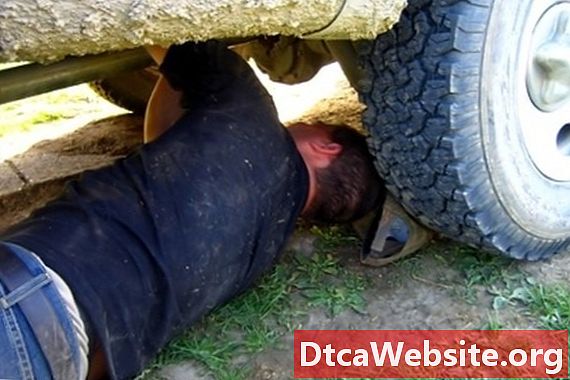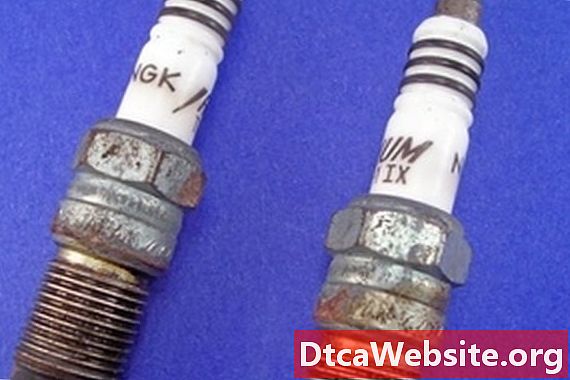
Contenu

No matter how precisely you machine an engine, youll never get everything to match up with perfect precision, clearance and pressure. Engine building and machining requires a certain understanding that an engine will effectively finish machining itself during its break-in period. The cylinder walls are a prime example of this. Counterintuitively, you dont want a perfectly smooth finish on the cylinder bores when installing new pistons or rings. You want a "cross-hatching" of tiny scratches that "soften" the cylinders surface. After a few minutes of running, the piston rings will wear away the excess, finish-polishing the walls for a perfect seal.
Step 1
Select the proper-sized honing tool. Keep in mind when making your selection that these are intentionally built slightly oversized. For example, if the cylinder you want to hone is 2 inches wide, there is no need to purchase a honing tool that is larger than 2 inches wide. The hone will expand so it applies adequate pressure to cross-hatch the cylinder walls. The amount of material removed is not determined by the width of the tool, but rather by how long it is used inside the cylinder.
Step 2
The desired rotational speed is 1,200 to 1,600 rpm, so make sure that speed is within your drills normal operating range at full power. If your drill has a speed selection switch, set it to around 1,400 rpm. Any rotating device that operates within the required rpm range will work, but a drill is usually the most convenient device for this task. If youre using a cordless drill, make sure the battery is fully charged before beginning. A reduced charge could lower the rotational speed and alter the results. If you have to recharge, do it between cylinders.
Step 3
Place a drain pan under the engine block to catch the lubricant oil. Any oil-based lubricant will work for this task, but a light-weight machinists oil or penetrating oil is best. Dunk the hone into the oil first, and slip it into the cylinder. Slowly rotate the honing tool using the drill, and pour a continuous stream of oil over the hone where it makes contact. Too much is better than not enough; dont be surprised if you use a gallon or more per cylinder. You can re-use the oil three or four times; more if you put a cotton cloth over your drain pan to filter out the metal filings.
Step 4
Hold the trigger on the drill to maximum operating speed, and quickly thrust it in and out of the cylinder several times. This process removes metal rapidly, so dont go more than five thrusts without stopping to check the cylinder walls. The desired finished product will be fairly shiny, with tiny cross-hatch marks that you can see at an angle using a flashlight. Remove as little material as possible. When the crosshatching becomes very fine, but the individual lines are still easily distinguishable, reverse the drill and repeat until the surface fills with cross-hatch marks. Again, remove as little material as possible, and dont overdo it.
When youre finished, move your drain pan and wipe the cylinder out with a slightly soapy and damp rag to check your work, and to remove any metal shavings. Move on to the next cylinder; again, you can reuse the oil several times if you filter it, but switch out for new oil if it starts to take on a noticeably opaque or grayish hue. When youve finished with all the cylinders, thoroughly wash the engine block out with soap and water, and dry it squeaky clean. Apply a layer of new machinists oil to the cylinder walls to prevent corrosion. Dont use thick oil because that will impede the break-in process in those first crucial moments.
Items you will need
- Boring tool
- Drill
- Oil-based lubricant
- Lint-free cloth


